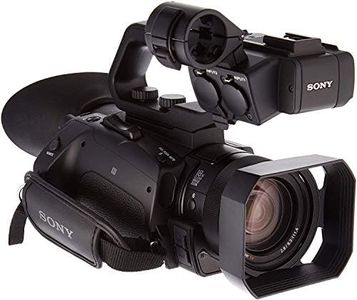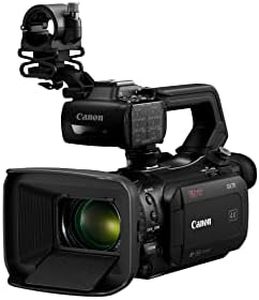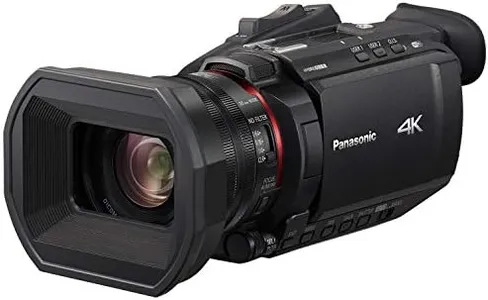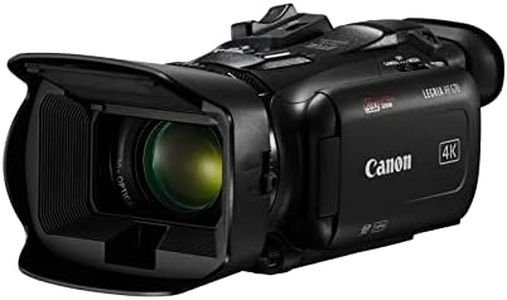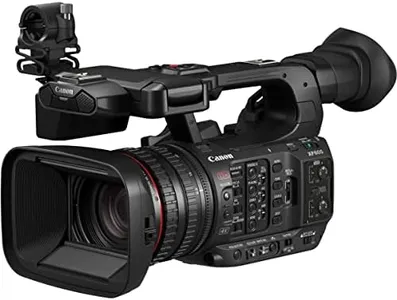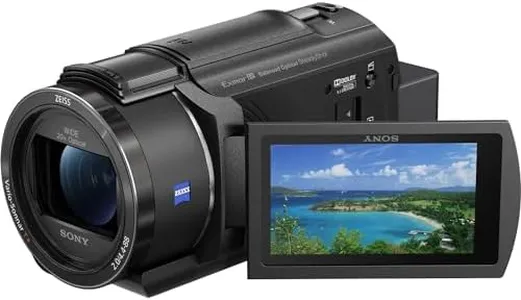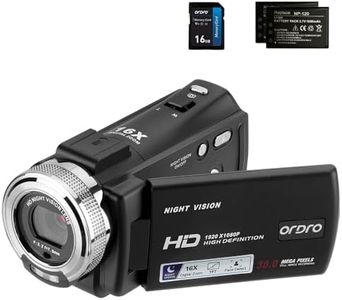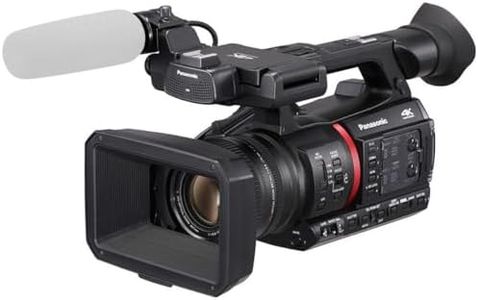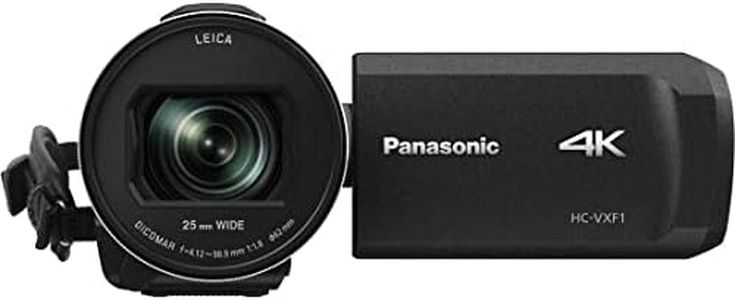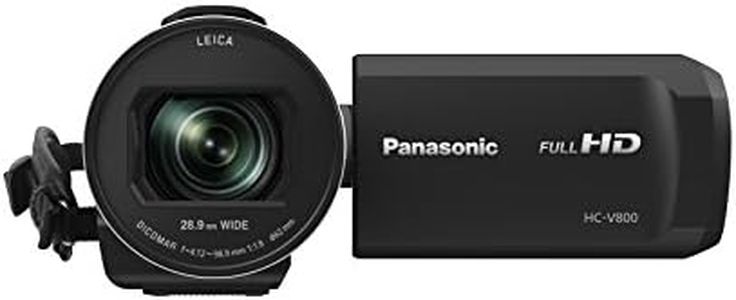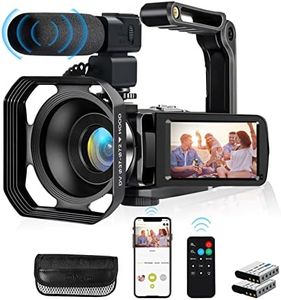We Use CookiesWe use cookies to enhance the security, performance,
functionality and for analytical and promotional activities. By continuing to browse this site you
are agreeing to our privacy policy
10 Best Optical Zoom Camcorders
From leading brands and best sellers available on the web.By clicking on a link to a third party's website, log data is shared with that third party.
Buying Guide for the Best Optical Zoom Camcorders
When shopping for an optical-zoom camcorder, it's essential to understand how different features can influence your experience, from capturing family events to recording wildlife or sports. The right camcorder for you depends largely on how you plan to use it. Instead of focusing solely on the highest numbers or latest trends, pay careful attention to the key specifications and how they match your filming needs.Optical ZoomThe optical zoom indicates how much the camcorder lens can magnify a subject without losing image quality. This is important because, unlike digital zoom, optical zoom uses the lens to bring subjects closer, keeping images sharp and clear. Optical zoom values are usually expressed as a number followed by 'x' (e.g., 10x, 20x, 50x). Lower zoom levels (under 10x) are good for everyday shots or filming close subjects. Medium zoom (10x-30x) suits school plays, travel, or outdoor events. Higher zoom (above 30x) is best for capturing distant action, such as sports or wildlife. Choose the zoom range that matches how far you'll typically be from what you're filming; more zoom is not always better if you only film nearby activities.
Image StabilizationImage stabilization helps reduce shaking and blurring in your videos, especially when using higher zoom levels. Shaky footage can be distracting, so stabilization is important for getting smooth results when filming handheld or moving. Image stabilization technologies can range from basic to advanced; the more powerful the zoom, the more essential this feature becomes. If you plan to film on the go or at full zoom, look for stronger stabilization. For tripod use or mostly wide-angle filming, basic stabilization may be adequate.
Sensor SizeThe sensor is the part of the camcorder that captures light and turns it into a video image. Larger sensors usually provide better video quality, especially in low-light conditions. Sensor sizes are often described in fractions of an inch (like 1/2.3” or 1/1.8”). Smaller sensors are common in compact models and are fine for well-lit situations, like outdoor recording. Larger sensors excel indoors or at night, producing clearer and less noisy footage. Consider whether you often film in dim light—if so, look for a larger sensor.
Video ResolutionVideo resolution tells you how detailed the video image will be and is usually given as HD (1080p), Full HD, or 4K. 4K provides sharper, more detailed video but uses more storage space and may require a newer TV or computer to watch at full quality. If your main goal is sharing online or watching on standard TVs, HD or Full HD will likely be enough. Consider 4K if you want the best possible quality or plan to edit videos heavily in the future.
Autofocus Speed and AccuracyAutofocus decides how quickly and reliably the camcorder can lock onto and keep a subject in focus, which is especially important when zoomed in. Fast and accurate autofocus ensures your subject stays sharp, even if moving. Some camcorders offer advanced tracking or face detection features. If you film kids, pets, sports, or moving scenes, prioritize efficient autofocus. If your footage mostly involves stationary subjects, basic autofocus will do the job.
Battery LifeBattery life indicates how long the camcorder can record on a single charge, which affects how much filming you can do before needing a recharge. Shorter battery life suits brief, planned sessions, while longer battery life is important for events, travel, or full days out. Think about how long you typically record without access to a charger and pick accordingly.
Audio Quality and Microphone InputsGood audio is crucial for videos that capture voices, music, or natural sound. Built-in microphones vary in quality, and some camcorders allow you to connect external microphones for better audio. If capturing clear sound is important to you—such as filming interviews, performances, or vlogs—look for models with external mic inputs and pay attention to audio features. For basic home videos, internal microphones may be sufficient.

